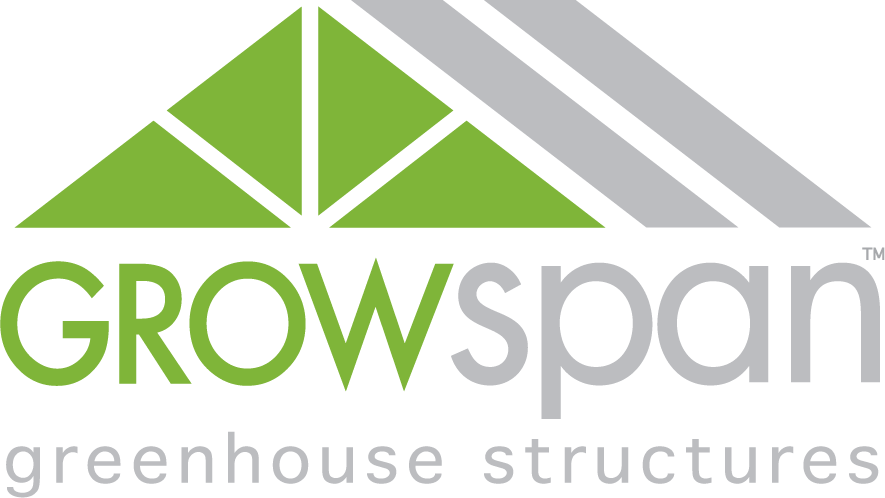FAQ: Hydroponics Systems Pt. III
November 10, 2016
For the final installment of the Hydroponics Systems FAQ blog series, the topic of discussion will focus on nutrition and pollination. In the previous two installments, the blog has answered questions related to HydroCycle hydroponics systems and hydroponic growing as a method of crop production. Review these previous postings anytime by visiting the publications section of the blog.
Previous FAQ: Hydroponics Systems articles:
Nutrients & Pollination
How do you test nutrient levels?
To measure the level of nutrients in your system, regularly test the pH levels to determine how the nutrients are being absorbed. We recommend measuring your pH levels using either an electrical conductivity (EC) or total dissolved solids (TDS) meter. To help simplify the process, we recommend placing the sensor directly into the nutrient tank, with the meter placed directly on the outside of the tank. This makes it less time consuming to monitor and record pH measurements on a daily basis. By monitoring pH levels, you will know any time that more nutrient solution or water is needed. Keep in mind that there is no golden ratio to fit every crop. Nutrient ratios are crop specific and need to be both monitored and adjusted accordingly.
Should any water leftover in the system be considered waste?
Absolutely not. You can use leftover water on house plants or in a garden. Leftover water is safe to use in other places, as the majority of nutrients have already been absorbed by the plants in the system. The nutrient solution will be much less concentrated than when in the system. This will provide your other plants with a healthy dose of beneficial nutrients, without the risk of causing nutrient lockout.
Since I am growing in a controlled environment, how will my plants get pollinated?
Pollinating within a controlled environment is easier than you may think. One option is pollinating by hand every other day during the necessary 4 to 6 day pollination period. This can be done using VegiBeeTM Garden Pollinators or by using a standard makeup brush to take pollen from the male part of the flower and introduce it to the female part. If you are looking to be more hands-off, you can also bring in beneficials, such as bees or wasps, to pollinate the flowers naturally.
I have never used beneficials in a controlled environment before, do I have to be an expert?
No. To keep things simple, you can actually rent bee hives specifically for the purpose of pollination. These hives are cared for and shipped by professional beekeeping services. The bee hive arrives by mail with instructions, and the bees are ready for release upon arrival. Once released, the bees will begin to work their way around the crops, pollinating them as nature intended. When finished, they will slowly begin returning to the hive, making return shipment quick and easy. Even if you are not an expert in beneficials, using them for pollination has become increasingly easy within the past few years.
This concludes the special Hydroponics FAQ blog series. Any questions not answered here on the blog can be directed to a knowledgeable Hydroponics Specialist by phone at 1.877.835.9996.
